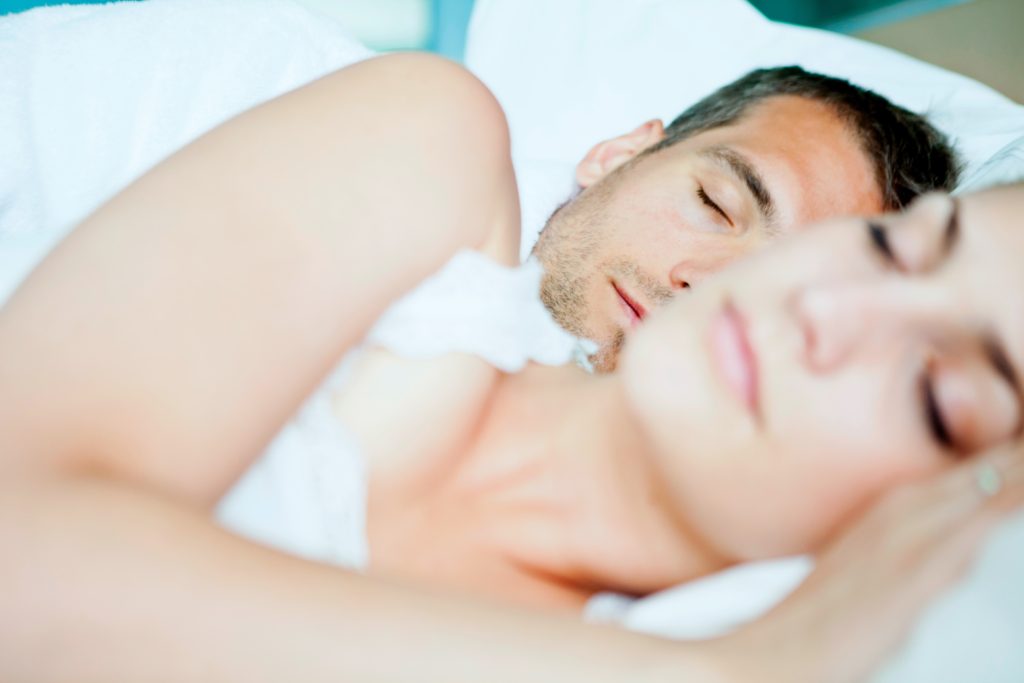
Overview
Sleep apnea is a common, and potentially serious sleep disorder, where breathing repeatedly stops and starts throughout the night. These pauses in breathing interrupt your ability to have quality, restful sleep. Sleep apnea can be debilitating, and cause extreme daytime sleepiness.
Are you at Risk of having Sleep Apnea?
Take our FREE Risk Assessment (no obligation).
Order a Home Sleep Test
Take the first step toward getting back to quality sleep. Contact Us, and we will start the process for your Home Sleep Test! Results in 7-10 days.
Order Now Ask a Question
Prevalence
Sleep apnea has become a significant health issue in the United States. It is estimated that 22 million Americans suffer from sleep apnea, yet 80% of cases remain undiagnosed.
Symptoms and Warning Signs
The most common signs of sleep apnea are:
- Loud snoring
- Observed episodes of stopped breathing during sleep
- Abrupt awakening or gasping for air during sleep
- Awakening with dry mouth or sore throat
- Morning headache
- Excessive daytime sleepiness (hypersomnia)
- Difficulty staying asleep (insomnia)
- Concentration problems during the day
- Mood changes, irritability
- High blood pressure
- Decreased libido
Complications, if left Untreated
Sleep apnea is a serious medical condition. When left untreated, complications include:
- Daytime Fatigue – The repeated awakenings make it nearly impossible to obtain quality sleep, which can lead to severe daytime sleepiness or extreme fatigue.
- Mood Swings – People with sleep apnea can feel quick-tempered, irritable, moody or depressed.
- High Blood Pressure – Sleep apnea can cause sudden drops in blood oxygen levels increasing blood pressure and straining the cardiovascular system. Having obstructive sleep apnea increases your risk of high blood pressure (hypertension).
- Heart Problems – Obstructive sleep apnea might increase your risk of heart attack and stroke.
- Type II Diabetes – Sleep apnea can increase the risk of developing insulin resistance and type 2 diabetes.
- Complications with medications and surgery – Having obstructive sleep apnea is also a concern with anesthesia and certain medications. People with sleep apnea can be more likely to have problems after surgery due to breathing problems.
- Partner sleep issues – A partner can also be affected. Loud snoring can make it difficult for those sleeping around you to get good sleep. It is not uncommon for partners to have to move to another room to be able to sleep.
Diagnosis (in Lab vs. at Home)
Typically, a preliminary evaluation involves a discussion with your doctor about your sleep concerns, and your signs and symptoms of sleep apnea.
This can involve a number of sleep screening questionnaires. Take our Free Risk Assessment
Your doctor may find it appropriate to order an overnight sleep study. There are 2 types of studies available:
- Home Sleep Test. A simple and convenient test that can be done at your home, in your own bed. Learn more
- Polysomnography Lab Test. Overnight monitoring at a sleep lab of your breathing and other bodily functions.
What’s the difference between Home Sleep Test vs. Sleep Lab Test? Find out here.